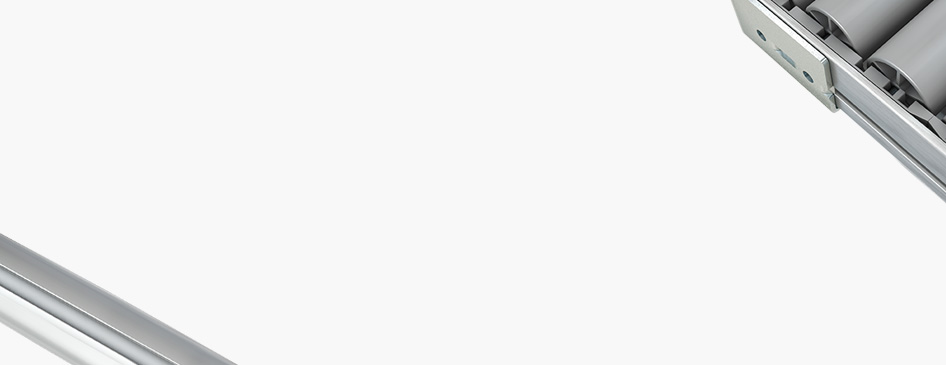
Choose one
or multiple languages
0,1,1
- German
- English
- Chinese
- Spanish
Dynamic strength test
The dynamic Strength test is used to determine the deformation and failure characteristics of materials subjected to cyclic loading. The Dynamic strength is a combination of finite-life fatigue strength and fatigue limit. It is mostly determined for materials and components using the Wöhler test, which subjects test pieces to cyclic stresses to be depicted in load-time functions.
In the Wöhler test, load amplitudes and the stress ratio between underload and overload (R value) are constant. During the test, samples are tested in several load horizons - until a failure occurs due to fracture or the start of cracking, or until they have completed a fixed number of stress cycles. The Wöhler curve indicates the number of stress cycles with variable load amplitudes a component withstands before failing.
The following can be determined:
- Low cycle fatigue with up to ${{10}^{5}}$ stress cycles, which can lead to fatigue through high plastic elongation amplitudes.
- Finite-life fatigue strength or high cycle fatigue between around ${{10}^{4}}$ and $2\cdot {{10}^{6}}$ stress cycles.
- Fatigue limit, which is also determined to a great extent by the material. Ferritic-perlitic steels, for example, reach their fatigue limit at approximately $5\cdot {{10}^{6}}$ stress cycles, while e.g. austenitic steels, Aluminium and components in a corrosive environment and/or at high temperatures do not really achieve any kind of fatigue limit in most cases.
